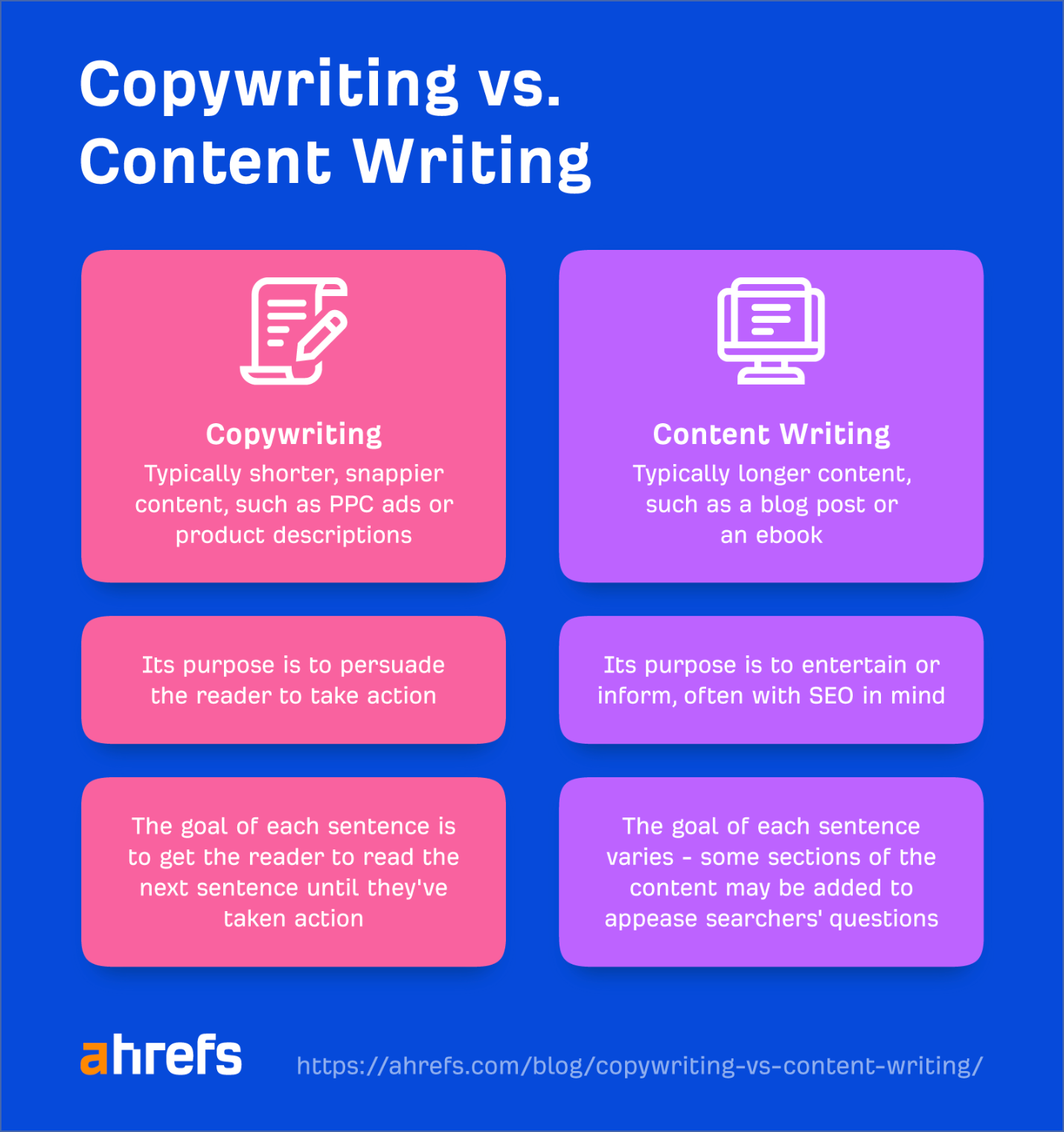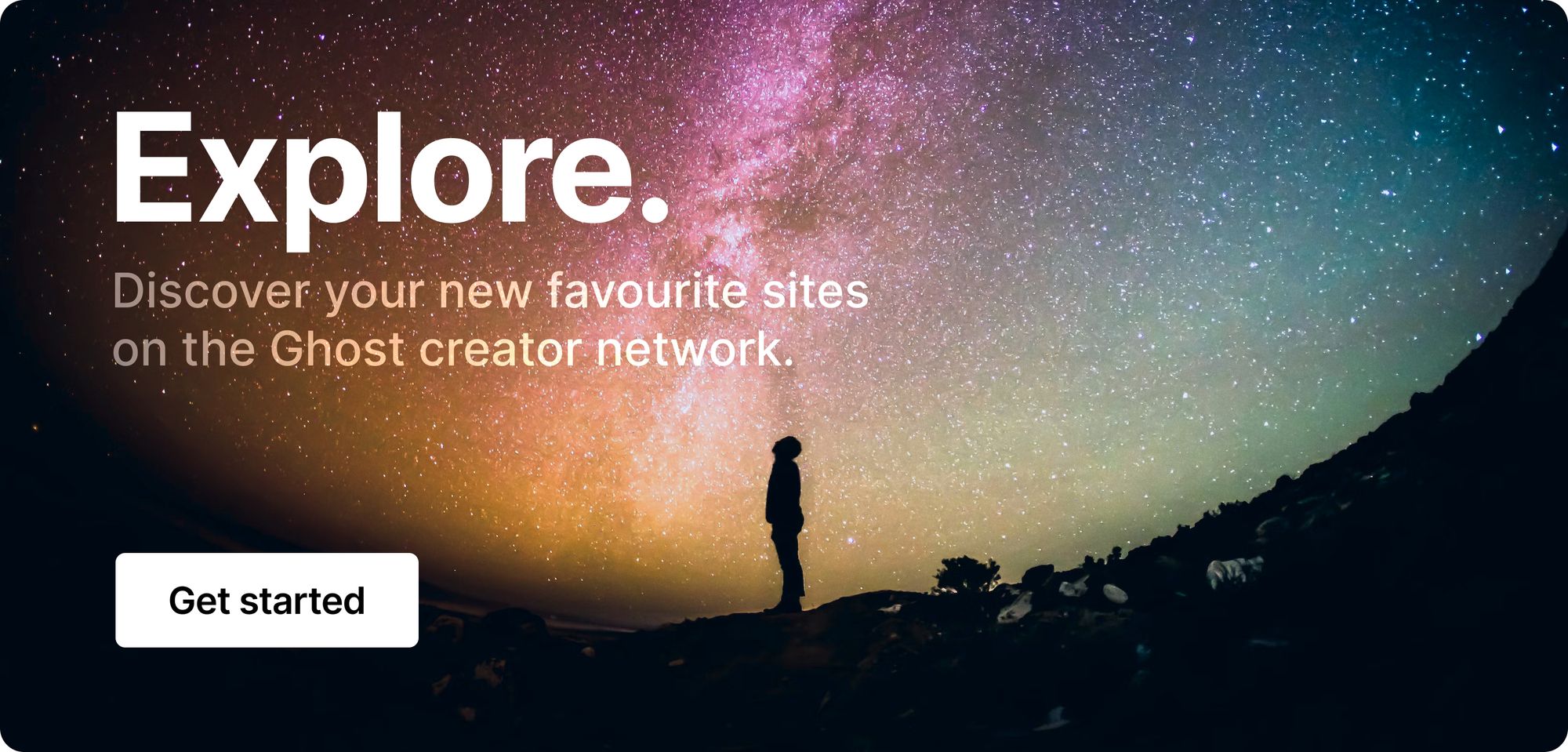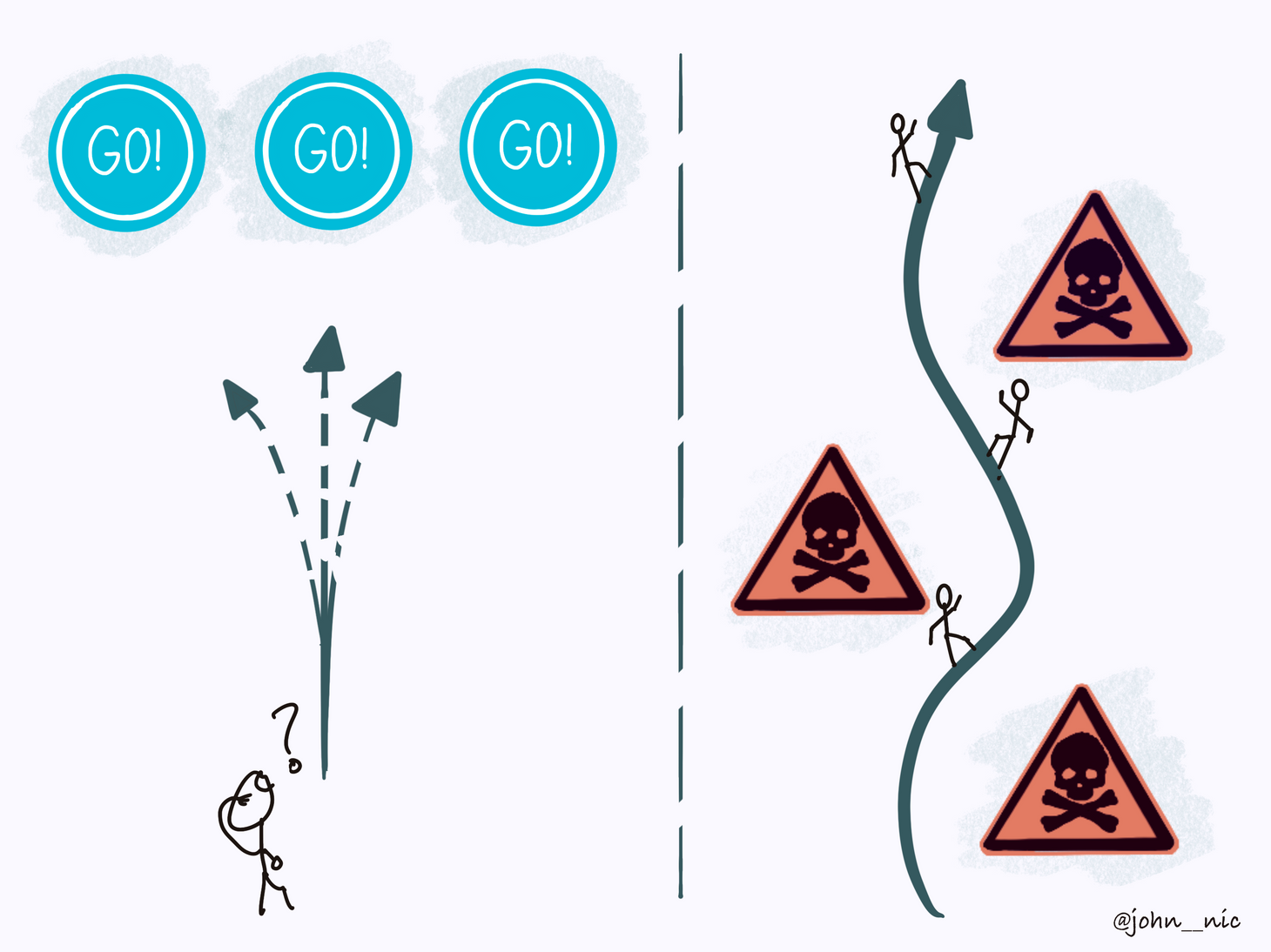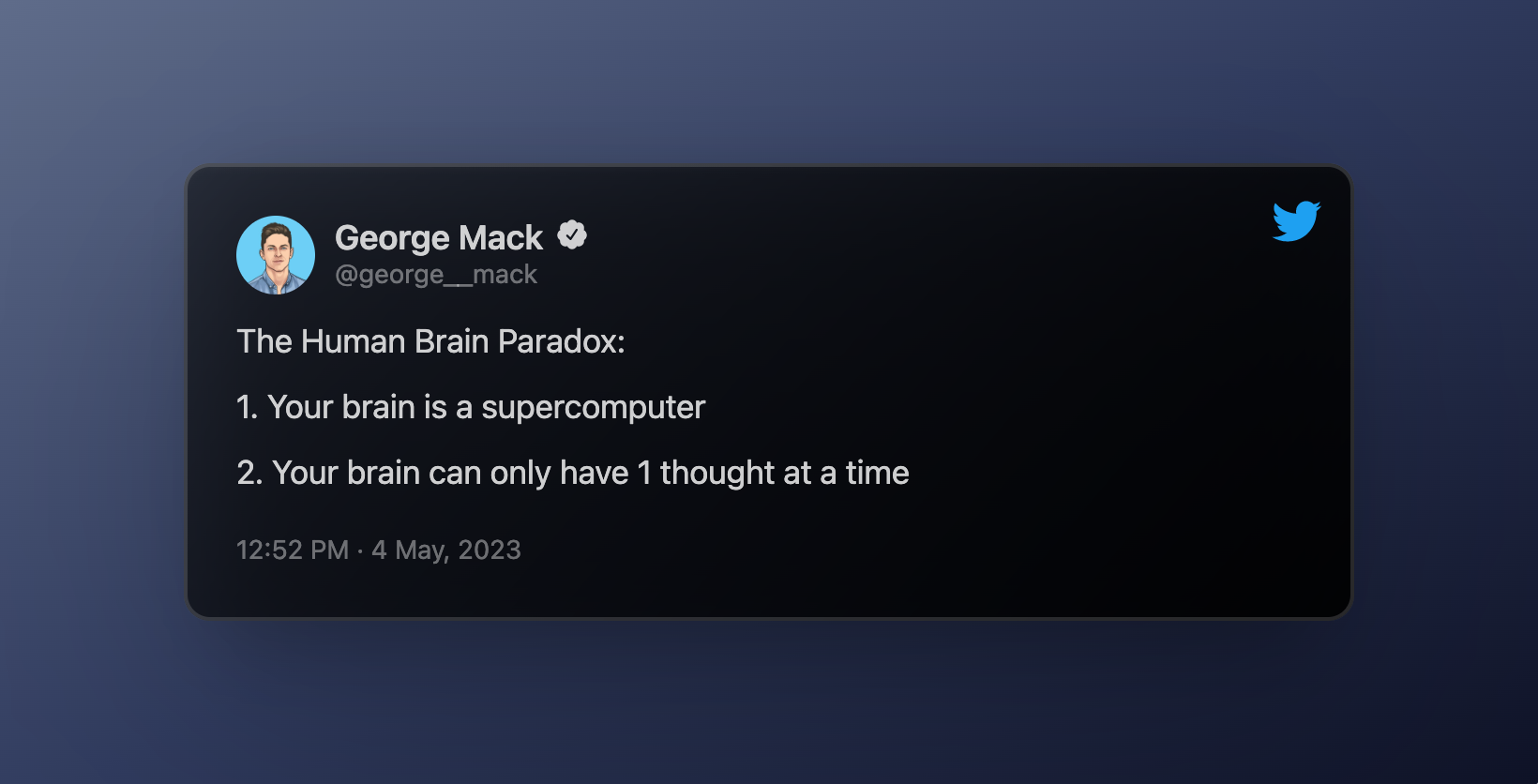✍️ Craft your best work
Welcome back everyone, hope you're having a great Sunday. This week's top stories come from a number of different corners of the creator economy universe, so hopefully there's something in here for everyone. Enjoy 🗞️
💬 In this week's issue:
- Copy or content. What's the difference between copywriting and content writing (and why you need to be skilled at both!)
- The 30-30-30 method. Why you should be talking to your customers and subscribers more often.
- Anti-goals. Doing things you dislike is important, sometimes.
Was this email forwarded to you? Subscribe here!
The difference between copywriting and content writing

Writing great words is an important part of most businesses in the modern world, especially when your business is your content. Whether you're writing newsletters, articles, essays, or crafting a killer landing page, your words matter.
Bill Widmer writes in an Ahrefs article:
There are two types of writers you can become (or hire): A content writer or a copywriter.
Copywriting usually takes the form of sales content that persuades visitors to take action, such as an ad, copy for a signup form, or copy for a landing page.
Content writing is typically longer-form, and created to inform or entertain readers, such as articles, newsletters, and ebooks.
Some types of content may sit between the two. For example, you might write Tweets that are intended to convert, as well as Tweet threads that are intended to inform.

As publishers, it's important to become skilled at both crafts. After all, your newsletter relies on great content writing, but it also relies on strong copywriting to encourage visitors to subscribe to receive your great content writing.
It's never a bad time to take a step back and consider which areas of your creative writing practice need the most improvement. Here's a few resources that we love getting inspiration from:
- The Write Better guide by Julian Shapiro
- Digestible copywriting tips from Harry Dry at Marketing Examples
- Practical copywriting course for beginners, by Mike Nardi on YouTube
- Foster.co — A community of writers, editors, and experts passionate about helping independent online writers.
Got any writing resources you love that we didn't mention here? Hit reply and let us know. We're all learning together!
Interesting stories & ideas 📚
- Should you use subscriptions or advertising as your business model? (The answer: Both!)
- Publishers are experimenting with generative AI to boost SEO
- Media freedom is in dire health, according to a number of countries
- How Reddit can generate thousands of pageviews
- A process for finding easy-to-rank keywords for a new domain
Why you should spend time talking to your customers

Whether you're selling content as a product or delivering a free newsletter — it's important to make the time to speak to your customers/audience to validate that what you offer solves their needs. But how often should you be talking to customers? And what kinds of conversations do you need to be having?
Justin Welsh shared a simple method for approaching this on Twitter:
What is the 30-30-30 Method? A simple framework to make sure you're working on 3 specific levers that will deepen your knowledge of customer pain and problems. It's a simple concept to create effective growth (without losing focus). — Justin Welsh
Step 1: Spend at least 30 minutes per week talking to your ideal customers about their problems to help build a business around their needs (and not your own assumptions). Asking them about their problems is a great way to identify how your content or product can help solve their problem.
Step 2: Spend at least 30 minutes a day figuring out how to solve the problems people told you about in step 1. For example, if they tell you they don't have enough time to stay abreast of news in your niche, can you solve that for them by curating the best content in the most easily digestible format?
Step 3: Spend another 30 minutes a day creating content to solve the problems your audience has. Keep their pain points in mind at every step, and write for exactly those people.
If you can follow the 30-30-30 Method, you'll always be improving. It's hard NOT to get better at your business by spending time with customers, creating unique solutions, and talking about them online. — Justin Welsh

Are 'anti-goals' the new goals?

Goals have always been used as a roadmap to help prioritize what we want out of life. They can measure progress and help us to stay motivated, but can focusing too much on big goals lead to big roadblocks? Writer John Nicholas explains how 'anti-goals' might be a better path.
For me, it is more important to ask what our anti-goals are. By defining what you are scared of becoming, you get closer to figuring out what you stand for. By pointing out what you want to avoid, you get closer to where you want to go. – John Nicholas

Personal resets are important. In a goal-ception type of way, anti-goals can be your new goals for mastering your actual, big goals. 🤯 Here's how:
- Don't be afraid to retry things that haven't worked in the past.
- Discover what you don't want, so you can achieve what you do.
- That new thing you know for certain you'll hate? Do it anyway.
My anti-goal has kept me going. Writing has been the antidote to my restlessness. I've created artifacts I can point back to. I've helped people in small, but meaningful ways. I'm having more of an impact by publishing my ideas. – John Nicholas
'Anti' is the new 'pro'. It's ok to break away from your own personal norm and get into a little bit of danger. Warning signs can give you just as much guidance as a green light. 🚦
Curator's pick

Enjoy this newsletter?
Forward to a friend, sharing is caring.
Anything else? Hit reply to send us feedback or say hello. We don't bite!
Join an invite-only community! Connect with like-minded people who create content professionally — apply here.






